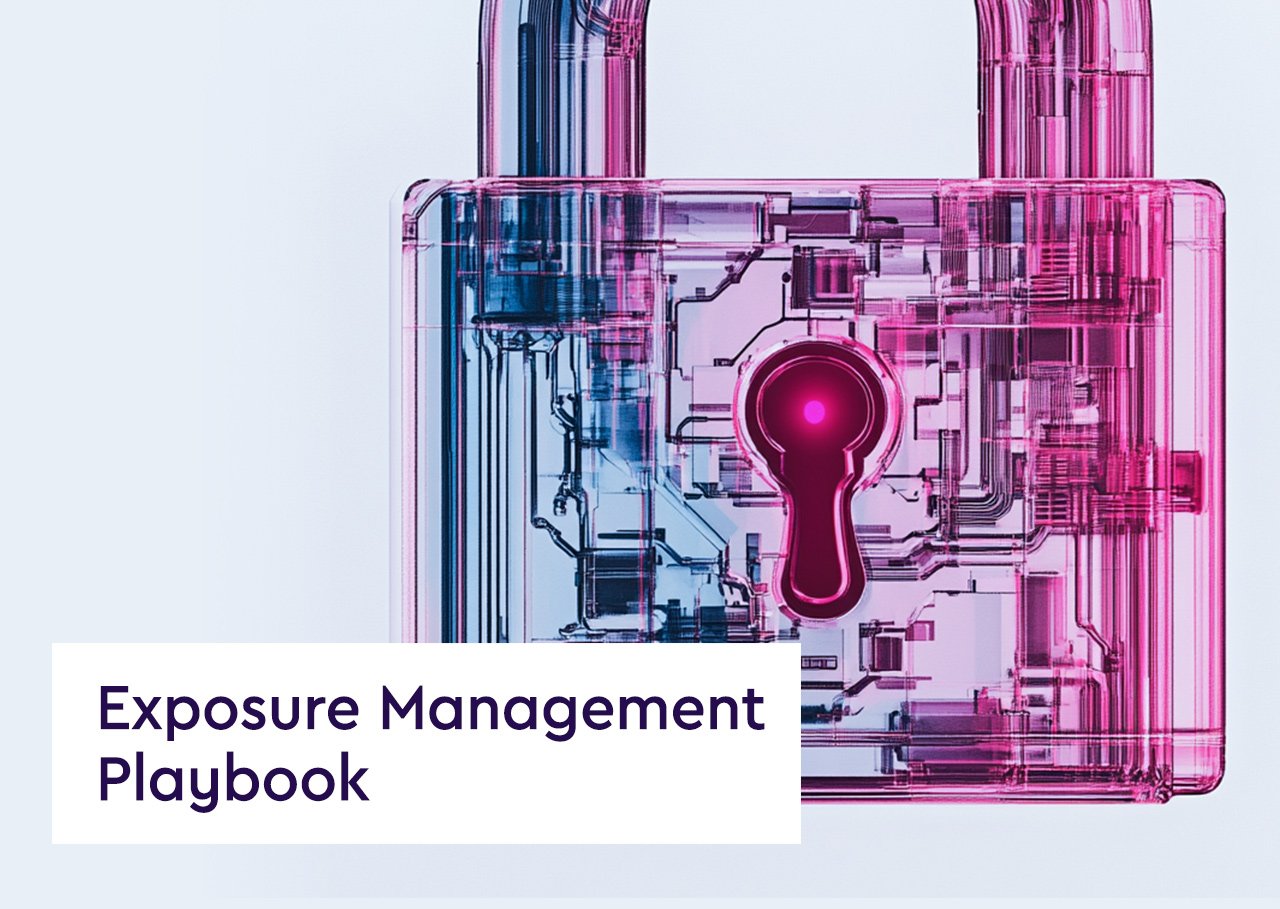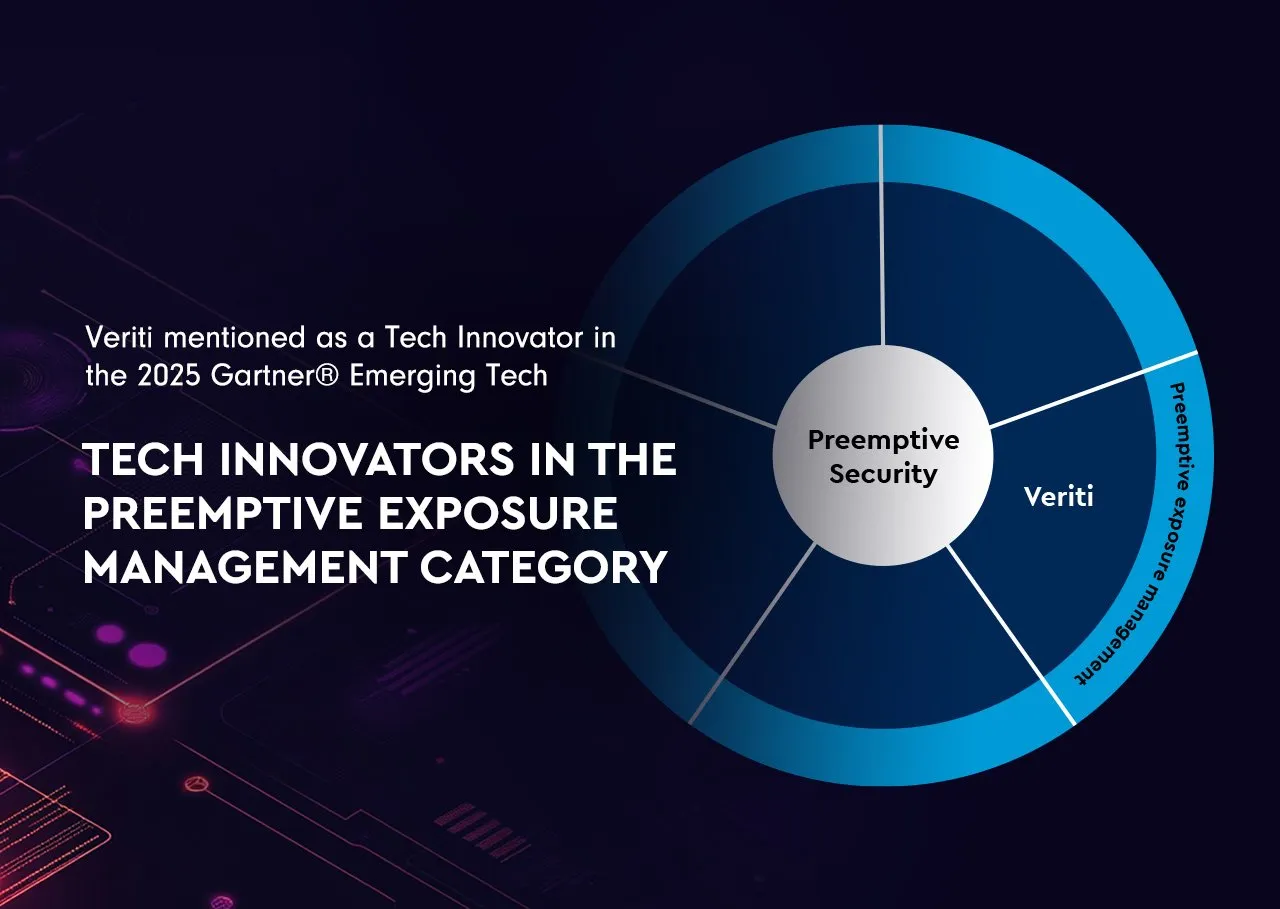Definition: Security Gaps refer to vulnerabilities or weaknesses in an organization’s cybersecurity framework that can be exploited by cyber threats. These gaps can exist in various areas, including hardware, software, policies, procedures, or employee behavior. Identifying and addressing security gaps is crucial for maintaining the integrity, confidentiality, and availability of organizational data and systems.
Key Areas Where Security Gaps May Exist:
- Technology and Infrastructure: Outdated software, unpatched systems, or inadequate security tools.
- Policies and Procedures: Incomplete, outdated, or unenforced security policies and procedures.
- Human Factor: Lack of employee awareness, training, or adherence to security practices.
- Physical Security: Inadequate protection of physical assets from unauthorized access or damage.
- Vendor and Third-Party Risks: Security weaknesses stemming from external partners or service providers.
Importance of Addressing Security Gaps:
- Mitigating Cyber Risks: Closing security gaps reduces the risk of data breaches, cyber-attacks, and other security incidents.
- Compliance and Legal Obligations: Many regulations mandate specific security measures to protect sensitive data.
- Operational Continuity: Security gaps can lead to disruptions in business operations and services.
Challenges in Identifying and Closing Security Gaps:
- Evolving Threat Landscape: Continuously changing cyber threats can create new security gaps.
- Complex IT Environments: Modern IT environments are complex, making it challenging to identify all potential vulnerabilities.
- Resource Constraints: Limited resources can impede the ability to address all identified security gaps effectively.
Strategies to Identify and Address Security Gaps:
- Regular Security Assessments: Conducting periodic security audits and risk assessments to identify vulnerabilities.
- Continuous Monitoring: Implementing tools and processes for continuous monitoring of IT systems and networks.
- Employee Training and Awareness Programs: Educating staff about cybersecurity best practices and potential threats.
- Vendor Risk Management: Assessing and managing the security risks associated with third-party vendors and service providers.
Security Gaps pose a significant risk to organizations of all sizes and types. Proactively identifying and addressing these gaps is essential to protect against cyber threats and ensure the security and resilience of organizational assets. Effective management of security gaps requires a comprehensive approach, encompassing technology, policies, and people.




